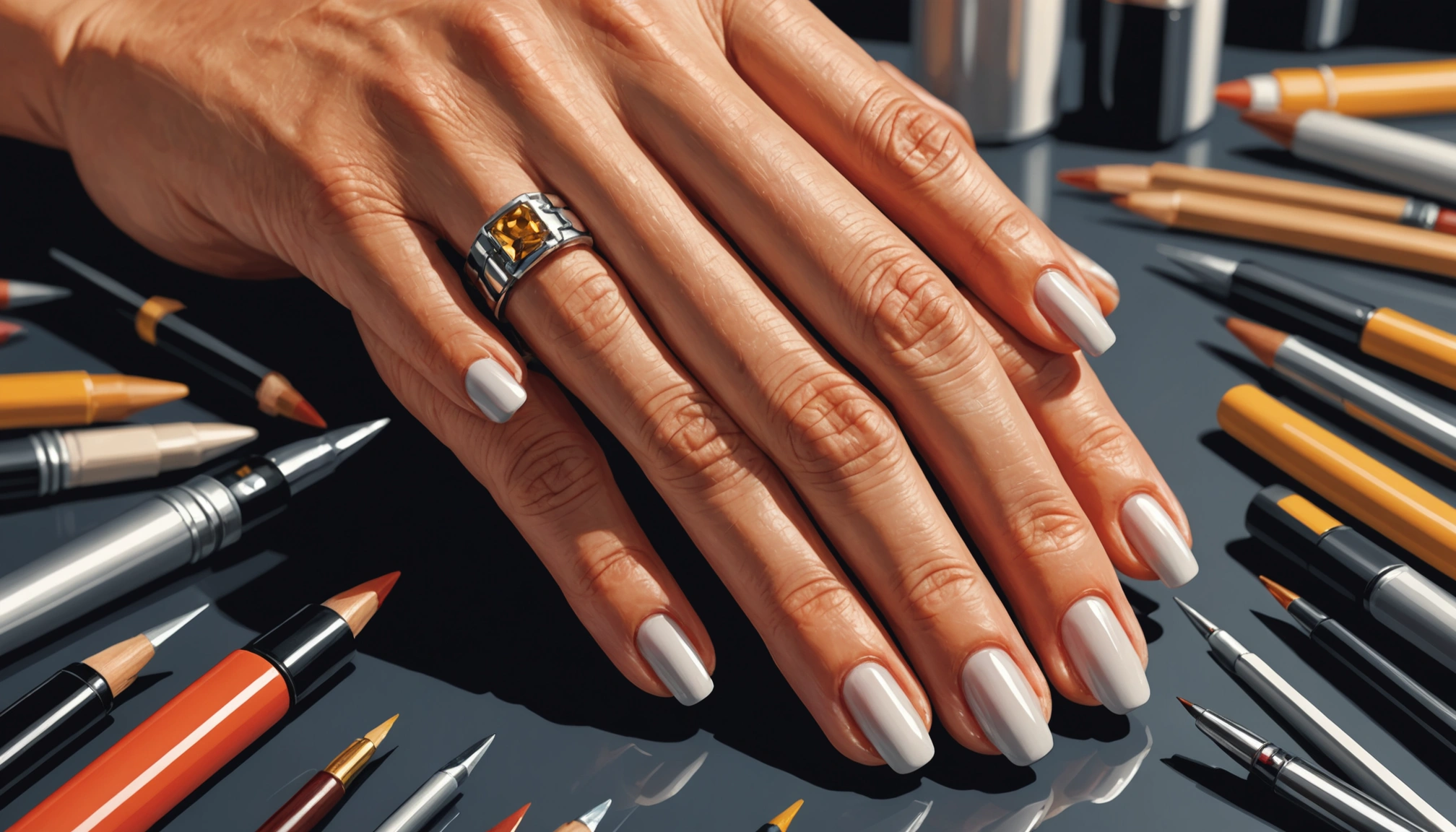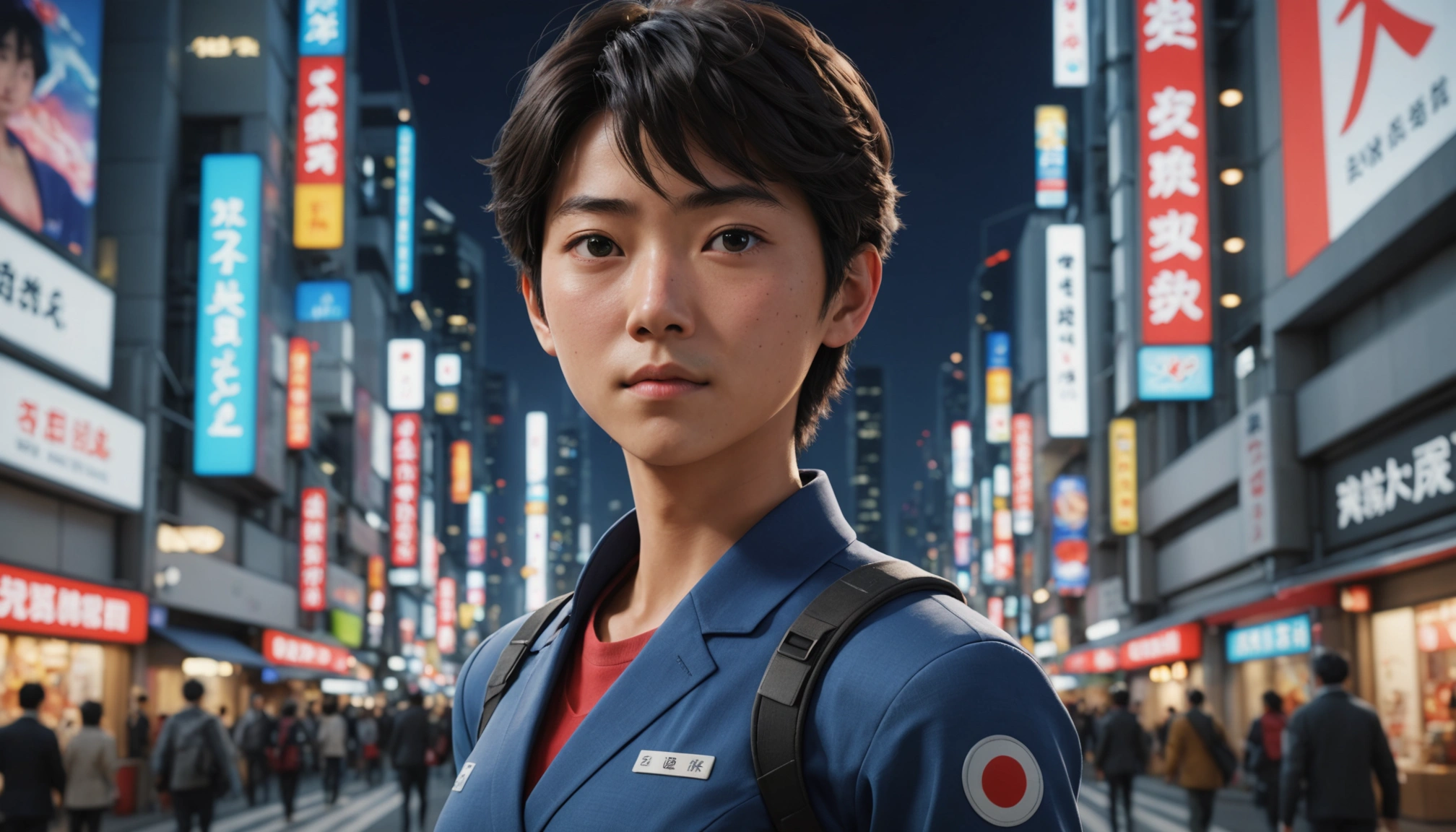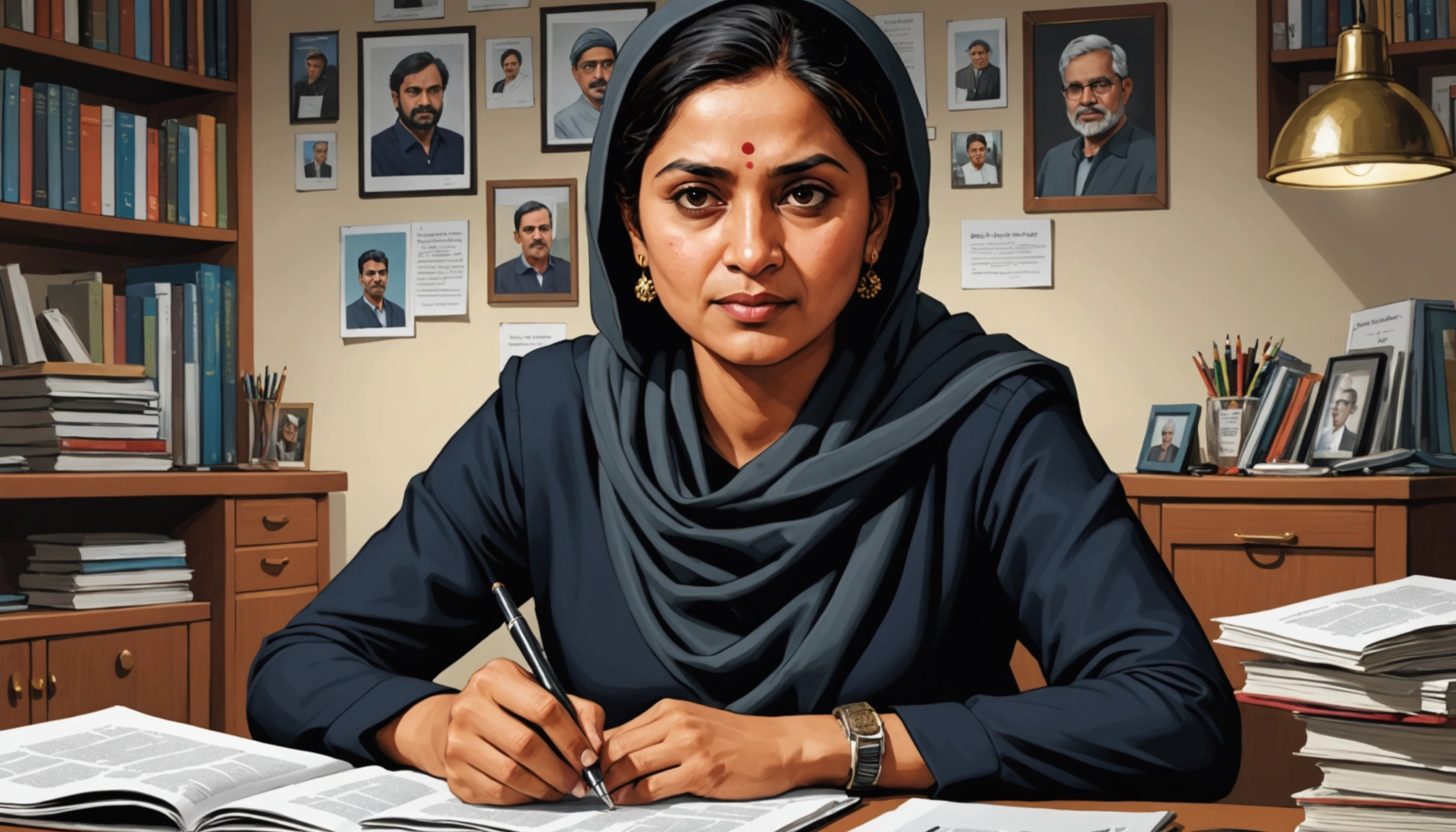Günther Uecker, German Artist Renowned for Nail Sculptures, Dies at 95

Günther Uecker, the German artist celebrated for his innovative and often mesmerizing nail sculptures, died June 10, 2025, in Düsseldorf, Germany. He was 95. Uecker's unique approach to artmaking, which involved hammering nails into canvases, furniture, and other objects, established him as a significant figure in postwar modernism and a key member of the ZERO group.
Uecker's death marks the end of a prolific career that spanned seven decades. His work, characterized by its tactile nature and exploration of light and shadow, challenged traditional artistic boundaries and offered a powerful commentary on the human condition. From his early involvement with the ZERO movement to his later explorations of political and social themes, Uecker remained a dedicated and influential force in the art world.
Early Life and Influences
Born March 13, 1930, in Wendorf, Mecklenburg, Germany, Uecker's early life was profoundly shaped by the events of World War II. Growing up on a farm, he experienced the trauma of the war firsthand. As a teenager, he was forced by Russian soldiers to recover bodies washed ashore from the Baltic Sea. This experience, along with the act of nailing planks over the windows of his family home to protect them from potential attacks, left a lasting impression on him and later influenced his artistic practice.
Uecker began his artistic education in 1949, studying at Wismar before attending the art school in Berlin-Weissensee. There, he was trained in social realism, even working on a 20-meter high statue of Lenin. However, his time at the institution was cut short, and following the East German uprising of 1953, he escaped to West Germany, settling in Düsseldorf and studying under Otto Pankok at the Kunstakademie Düsseldorf.
The ZERO Group and Nail Art
In 1956, Uecker began integrating nails into his art, a medium that would become his signature. In 1961, he joined Heinz Mack and Otto Piene as a member of the ZERO group, an avant-garde movement that sought to break away from the subjective postwar movements like Art Informel and Tachisme. The ZERO group aimed to create art that focused on materials, light, and space, de-emphasizing the artist's hand.
Uecker's nail reliefs, created by hammering countless nails into surfaces, became his most recognizable works. These pieces explored the interplay of light and shadow, creating dynamic textures and optical illusions of movement. The act of hammering, which Uecker initially saw as violent, transformed into a meditative process through repetition, resulting in works that were both aggressive and contemplative.
Beyond Nails: Exploring New Mediums and Themes
While Uecker is best known for his nail art, his artistic practice extended beyond this medium. After the ZERO group disbanded in 1966, he explored Conceptual art, Land Art, and body art. He also designed stage sets for operas and created public works, including a prayer room for the Reichstag in Berlin and "From Darkness to Light" at the United Nations in Geneva.
Uecker's work often reflected his engagement with political and social issues. He created ash paintings in response to the Chernobyl disaster and exhibited fabric text works bearing human rights messages in China. His experiences during World War II, including helping to bury concentration camp prisoners who washed ashore near his hometown, also informed his art.
Legacy and Influence
Günther Uecker's contribution to the art world is significant. His innovative use of materials, his exploration of light and shadow, and his engagement with social and political themes have left a lasting impact. His work has been exhibited in major museums worldwide, including the Museum of Modern Art in New York, the Centre Pompidou in Paris, and the Stedelijk Museum in Amsterdam.
Uecker's influence extends beyond his own artistic creations. As a professor at the Kunstakademie Düsseldorf from 1974 to 1995, he shaped several generations of artists, encouraging freedom of expression and respecting his students' individual perspectives. In 2008, he co-founded the ZERO Foundation with Otto Piene, Heinz Mack, and Mattijs Visser, dedicated to preserving and promoting the legacy of the ZERO movement.
Even in his later years, Uecker remained active, working six hours a day, seven days a week, in his Düsseldorf studio. His final major public contribution was the creation of blue stained-glass windows for Schwerin Cathedral, inaugurated in December 2024.
Günther Uecker's death marks the loss of a visionary artist whose work challenged conventions and offered profound insights into the human experience. His nail sculptures and other creations will continue to inspire and provoke viewers for generations to come.
Related Articles

Japan's Animation Industry Embraces AI to Combat Labor Shortages and Boost Creativity

